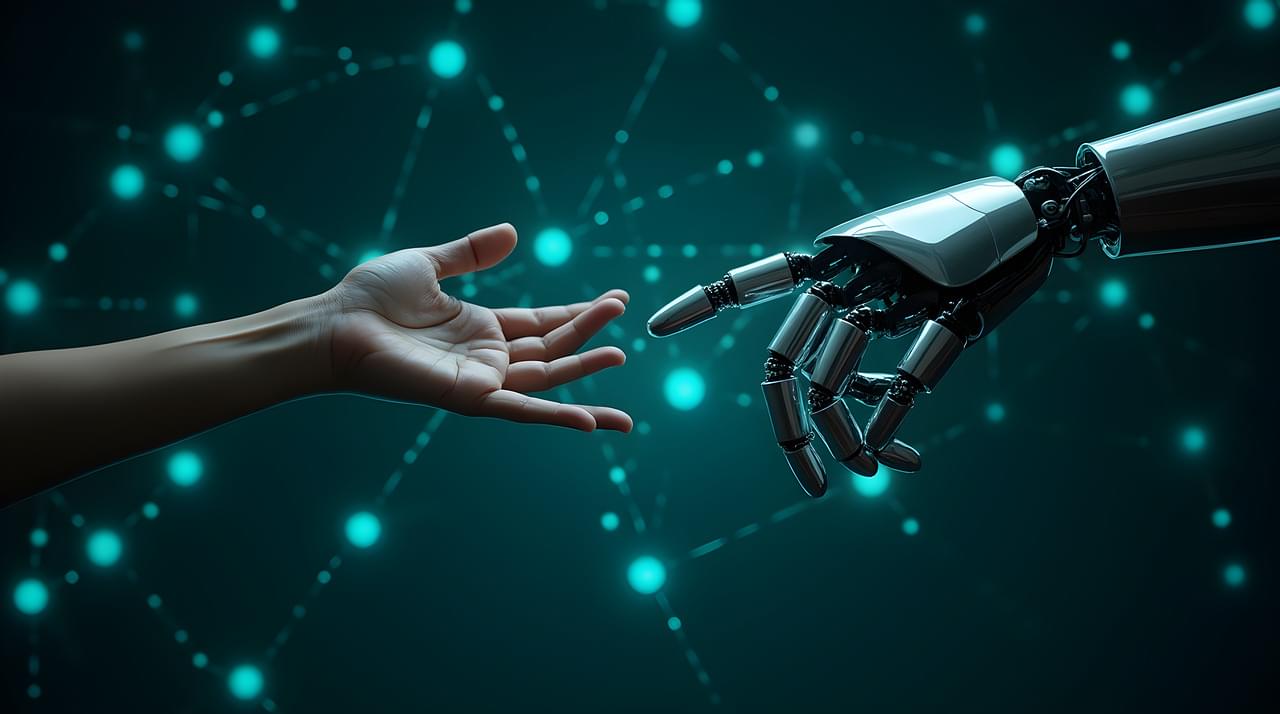In a report published earlier this week, Fortra said phishing kits associated with the Smishing Triad are being used to increasingly target brokerage accounts to obtain banking credentials and authentication codes, with attacks targeting these accounts witnessing a fivefold jump in the second quarter of 2025 compared to the same period last year.
“Once compromised, attackers manipulate stock market prices using ‘ramp and dump’ tactics,” security researcher Alexis Ober said. “These methods leave almost no paper trail, further heightening the financial risks that arise from this threat.”
The adversarial collective is said to have evolved from a dedicated phishing kit purveyor into a “highly active community” that brings together disparate threat actors, each of whom plays a crucial role in the phishing-as-a-service (PhaaS) ecosystem.









